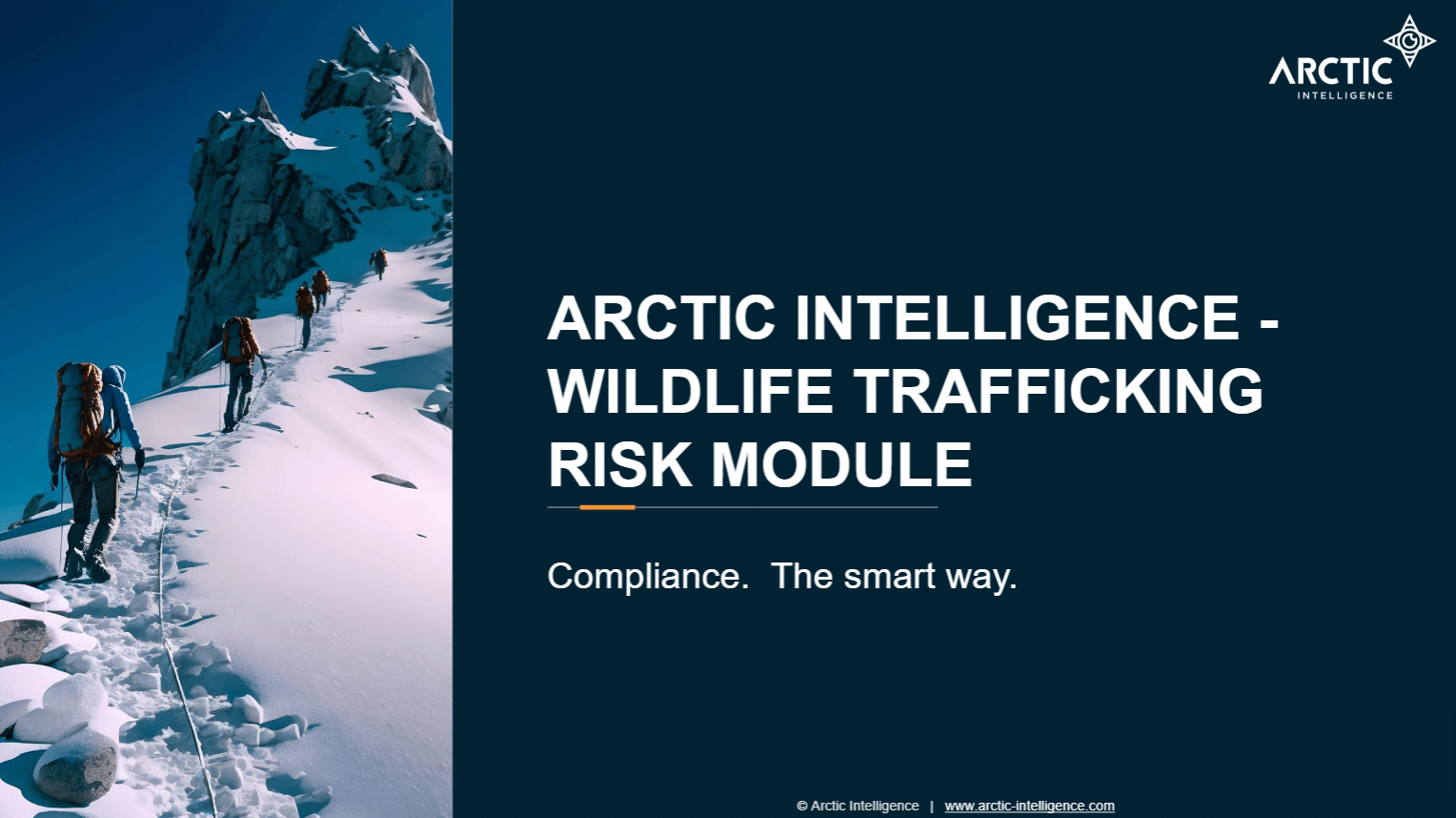WHAT IS
Wildlife trafficking?
Wildlife trafficking refers to the illegal trade of animals and their derivatives, often involving endangered or protected species. This trade can include live animals, as well as parts of animals like ivory, skins, and bones. It's a significant global issue that threatens biodiversity, disrupts ecosystems, and can contribute to the spread of diseases. Many countries have laws and international agreements in place to combat wildlife trafficking and protect vulnerable species.
WHAT IS
Wildlife trafficking risk?
Wildlife trafficking risk refers to the likelihood of illegal trade in wildlife occurring in a particular region or involving specific species. Factors that contribute to this risk include the demand for exotic animals or their parts, weak law enforcement, corruption, limited resources for conservation efforts, and inadequate legal frameworks. High wildlife trafficking risk areas are often those with valuable or rare species, lax regulations, and connections to global markets where these illegal products are in demand. Efforts to mitigate this risk involve strengthening enforcement, raising public awareness, and implementing effective conservation strategies.
WHAT IS A
Wildlife Trafficking Risk Assessment?
A Wildlife Trafficking Risk Assessment is a systematic evaluation of the likelihood and potential impacts of illegal wildlife trade occurring in a particular region, with a specific focus on identifying vulnerabilities, threats, and areas of concern. This assessment is typically conducted to inform conservation efforts, law enforcement strategies, and policy decisions related to wildlife protection.
Download our Wildlife Trafficking Risk Fact Sheet
WHAT RISK FACTORS SHOULD BE CONSIDERED WHEN CONDUCTING
A Wildlife Trafficking Risk Assessment?
When conducting a Wildlife Trafficking Risk Assessment, consider a range of risk factors that contribute to the likelihood of illegal trade and its impact on species and ecosystems. Some key risk factors to consider include:
By considering these risk factors in your assessment, you can develop a comprehensive understanding of the dynamics driving wildlife trafficking in a particular area or with regard to specific species. This, in turn, will help you design more effective strategies to mitigate these risks and protect vulnerable wildlife.
Download our Wildlife Trafficking Risk and Control Module Brochure
Click on the button to download the Wildlife Trafficking Risk and Control Module Brochure
COMPLETE THE FORM
Access the Content Module Overview
The content module overview provides an introduction to wildlife trafficking and outlines the necessity and methods for its implementation.
Additionally, it presents the Arctic Intelligence Risk Assessment Platform, highlighting its potential advantages for your business.
Request your free copy now!

